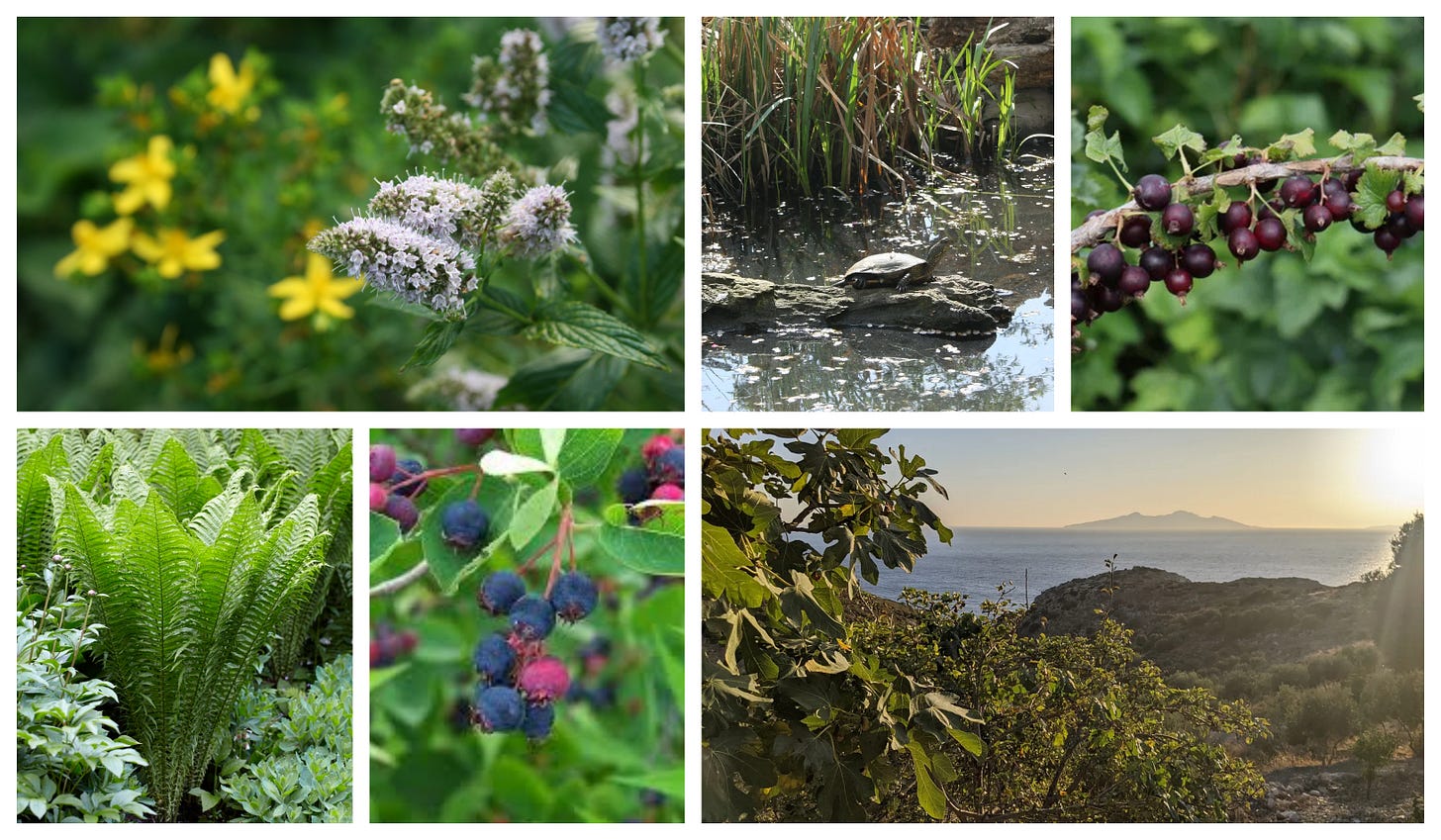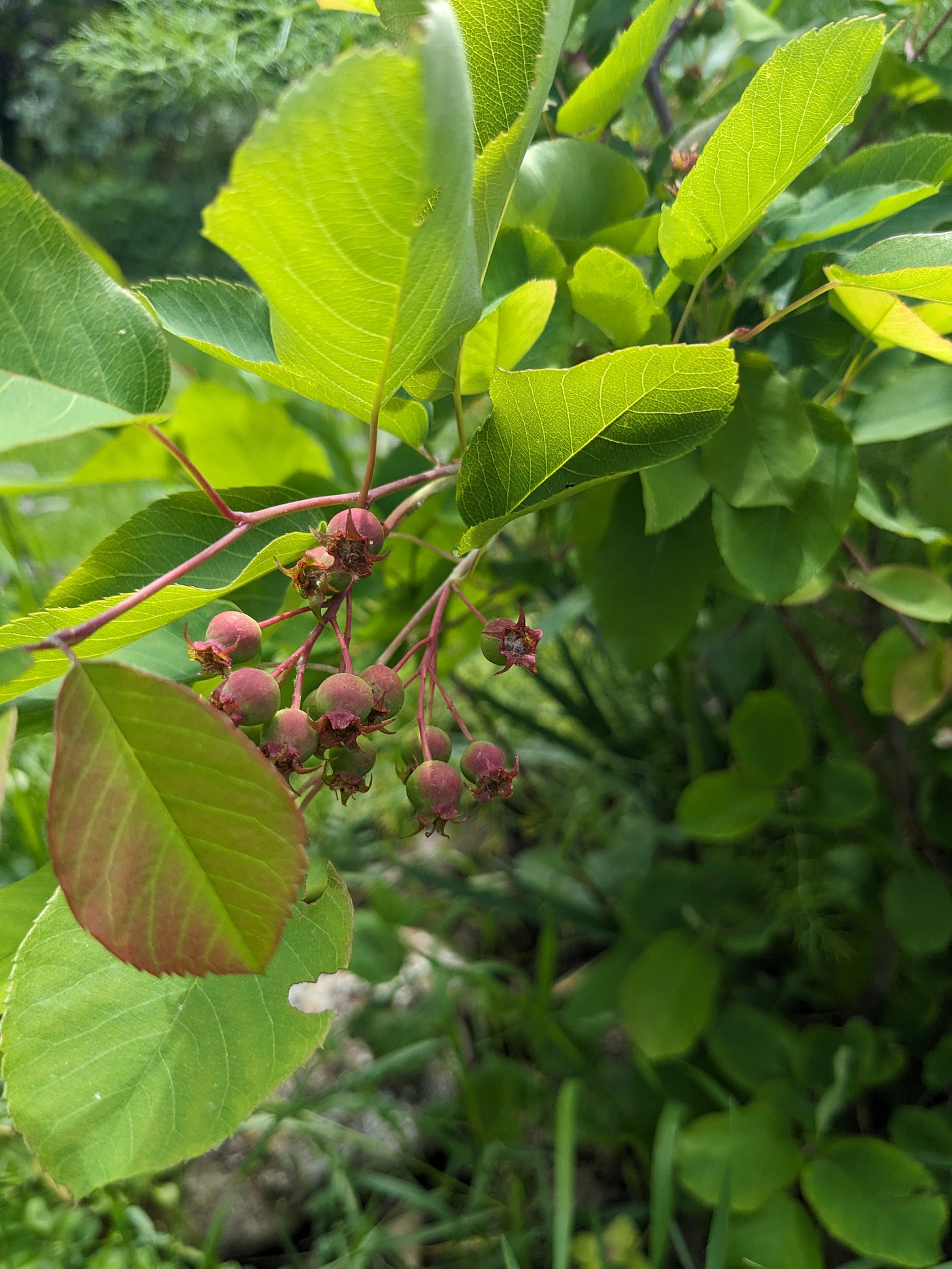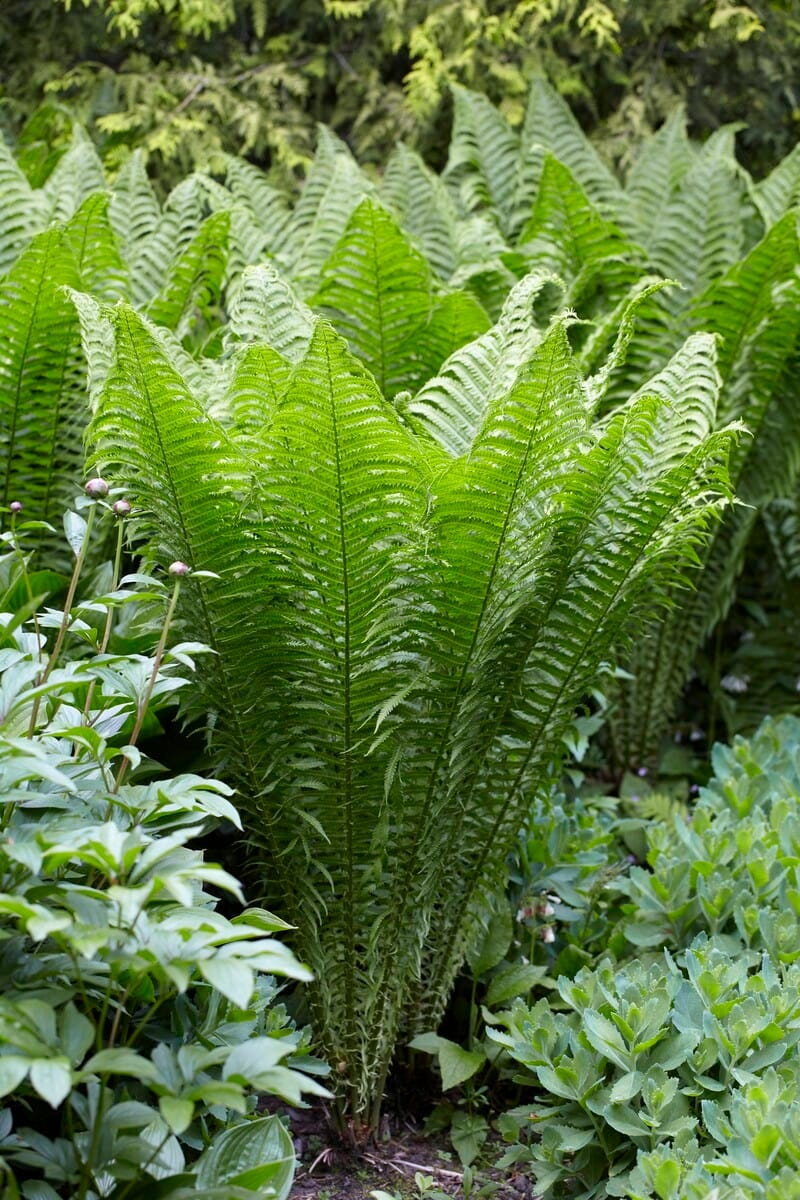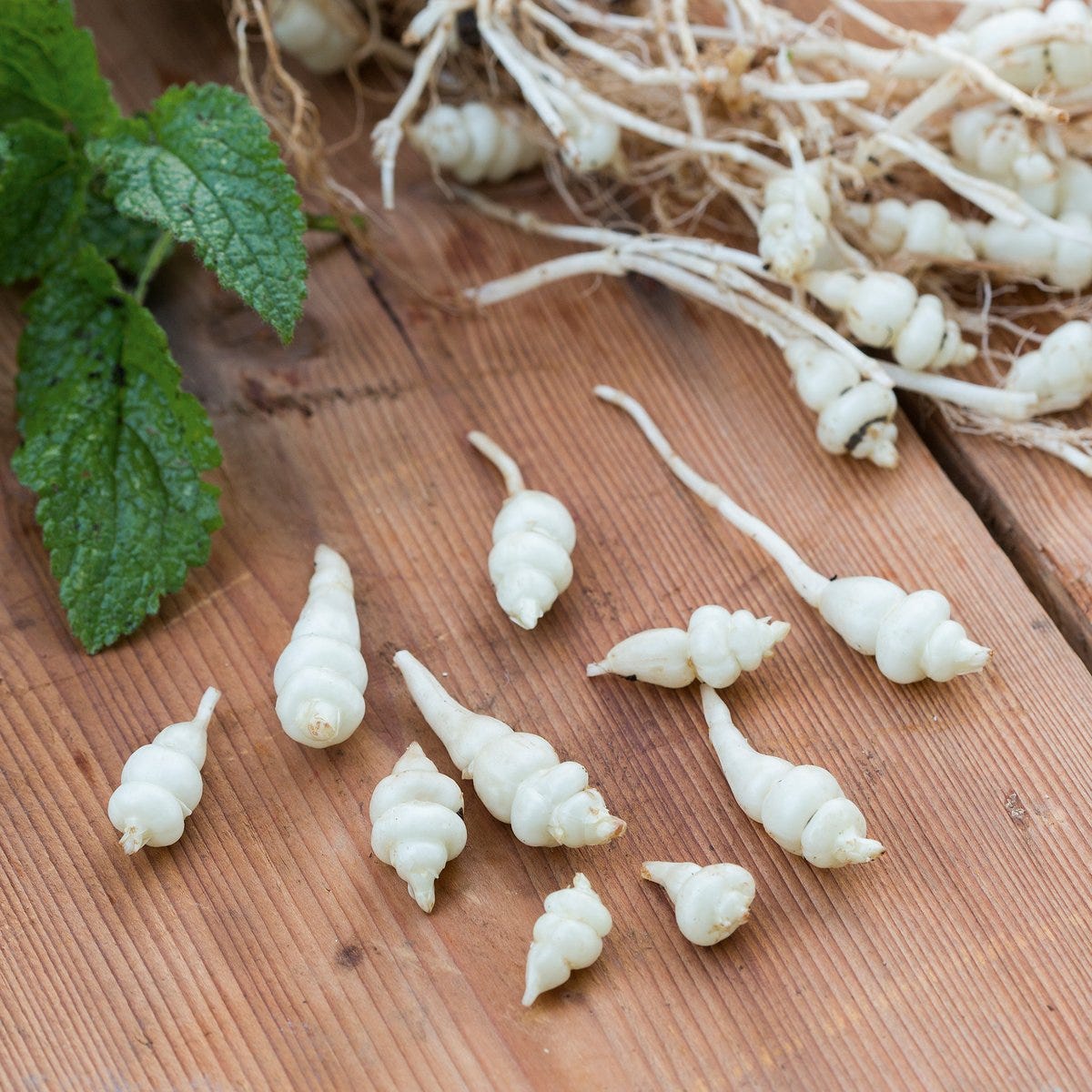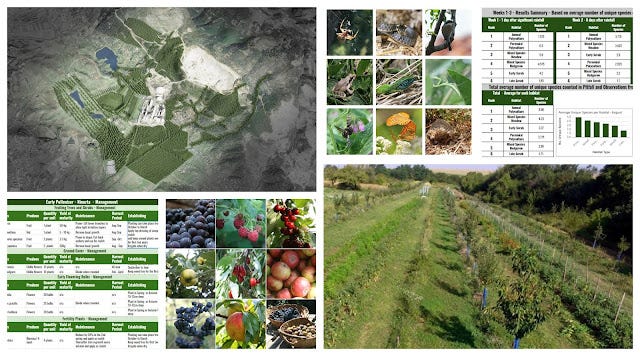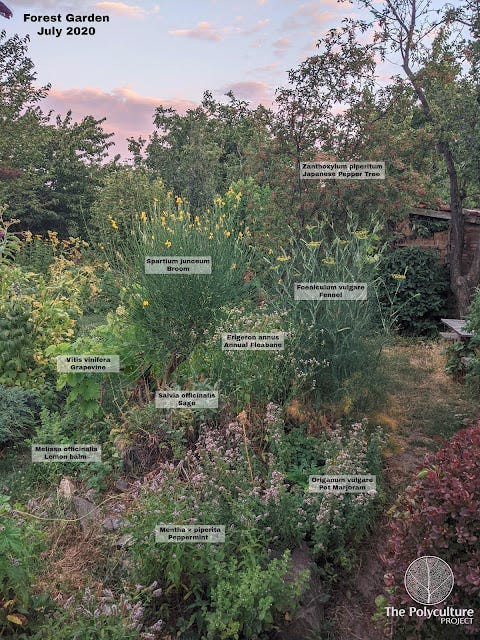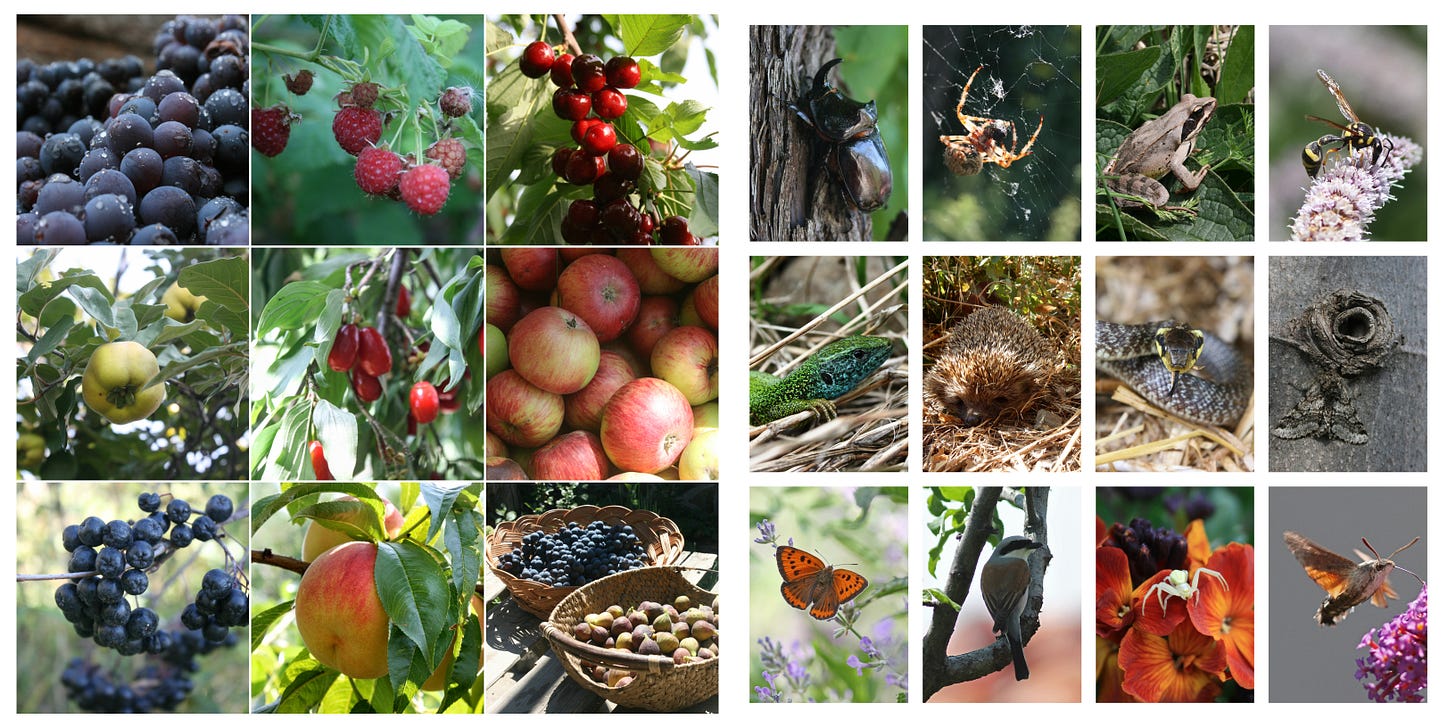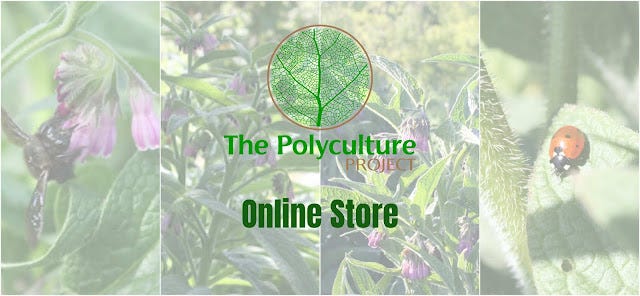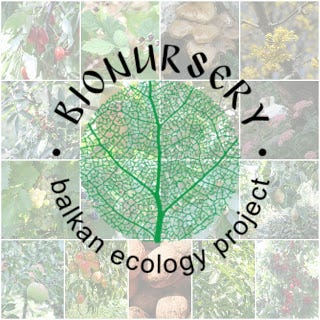Plants, Wildlife and Polycultures for Forest Gardens and Regenerative Landscapes - Part 10
Welcome to part 10 of a series where I'll be sharing some observations and experiences about the various plant species from our forest gardens and regenerative landscapes, as well as interesting plants and polycultures from around the world.
You’ll find plants from different layers of the forest garden, vital wildlife you can expect to find in a regenerative landscape and some established polycultures as well as suggestions about how to design, build and manage your forest gardens and regenerative landscapes. You can find all of the post from this series here.
Forest Garden Plants
Canopy Layer - Amelanchier lamarckii - Snowy Mespilus. We've been planting a lot of these in the forest gardens, as understory trees, in hedging and as ornamental free standing specimens in meadows. They are small trees with compact and floriferous growth and extremely hardy. Originally from the North where they are cultivated for production of sweet and juicy edible fruits marketed as saskatoon berries.
This genus appears to be a good choice for continental climates tolerating the swings between extreme hot and cold well. I saw a number of species from this genus including A.lamarckii at the Astana Botanical Garden
Plant profile here
Shrub Layer - Jostaberry - Ribes × nidigrolaria is a great fruiting shrub that fits well in the understory of a forest garden. The plant takes longer than it’s cousins Black and Redcurrant to start producing well and is a little more sensitive to disease in our experience but produces larger fruits a little later and is well worth growing.
The plant is a fascinating hybrid berry bush originally bred by plant researchers in Germany. It is a cross between three species; the black current (R. nigrum), the North American black gooseberry (R. divaricatum) and the European gooseberry (R. uva-crispa). The result is a vigorous thornless shrub that produces tasty, deep red-black, round berries that taste similar to black currents and are ready for harvesting in July. For the best yields plant them in an area that receives at least 6 hours of direct sunlight of under a thin canopy that receives at least 3 hours of direct sunlight during the growing season.
Herb Layer - Matteuccia struthiopteris - Ostrich Fern adds a touch of grandeur to the understory of a forest garden. Reaching up to 1.8 meters tall it’s large, arching fronds, reminiscent of ostrich feathers, create a striking vase-like shape. A champion of cold winters the plants thrives in USDA zones 3 to 7.
Beyond its beauty, the Ostrich Fern offers a culinary treat. Its edible fiddleheads, the tightly curled young fronds that emerge in spring, are a delicacy for foragers and chefs alike. Preparation is key though, as fiddleheads require proper cooking to remove toxins.
Low maintenance is another perk of the Ostrich Fern. It prefers well-drained, moist soil in areas with partial to full shade. Deer and rabbits won't be a bother either, making it a gardener's delight. While it can tolerate full sun, keeping the soil consistently moist is crucial in such conditions.
Plant profile here
Ground Layer - Stachys affinis - Chinese Artichoke is a unique addition to the vegetable garden. While not a true artichoke, it offers a delicious and crunchy tuber enjoyed by many. This herbaceous perennial grows up to 40 centimeters tall, featuring attractive square stems and pointed leaves.
The star of the show, however, lies beneath the surface. Chinese Artichoke produces edible tubers, also known as crosnes, that resemble elongated potato knots and range from 3-8 centimeters long. These knobby tubers are the culinary prize, harvested in fall or early spring after the first frost.
Stachys affinis thrives in zones 5 to 8 and prefers well-drained soil in full sun to partial shade. While it tolerates average moisture, consistent watering will optimize tuber production. Relatively low maintenance, this unique plant offers a fun and rewarding addition to your garden.
Plant Profile here and more on our forest garden plants here and fruit and nut cultivars we grow here.
Regenerative Landscape Design - Online Interactive Course
Want to learn how to design, build and manage regenerative landscapes? Join us on our Regenerative Landscape Design - Online Interactive Course. We look forward to providing you with the confidence, inspiration, and opportunity to design, build and manage regenerative landscapes, gardens, and farms that produce food and other resources for humans while enhancing biodiversity.
You can access the course material at anytime and join the live sessions and interactive forums that run from May - Oct every year. All members of the Bloom Room receive a 500 EUR discount. To take up this offer all you have to do is become an annual subscribers to our Substack and register here with the promo code BLOOM. I look forward to you joining !
Wildlife
Our overarching mission is to develop and promote practices that can produce food and other resources for humans while enhancing biodiversity. Attracting wildlife to our gardens and providing welcoming habitat for that wildife to reside there is a key component to achieve this.
Here are some broad suggestions that go along way to achieve this :-
Plant a buffet: Choose a variety of native plants that flower, fruit, and seed at different times throughout the year. This will provide a continuous food source for birds, butterflies, bees, and other animals
Let it be wild: Don't be too tidy! A wilder garden with leaf litter, dead snags (standing dead trees), and brush piles provides shelter and habitat for many creatures.
Water is life: A pond, birdbath, or even a shallow dish filled with fresh water will attract birds, amphibians, reptiles, butterflies, and other thirsty visitors.
Homes for all: Provide nesting boxes for birds, and consider bat boxes for insect control at night. In addition to man-made structures, a diverse plant selection with varying heights will create a natural haven.

Think layers: Forest gardens by nature are multi-layered. Plant a mix of trees, shrubs, perennials, and groundcovers to create a habitat with nooks and crannies for wildlife to explore.
No Icides - Probably needless to say but skip the propriety fungicides, pesticides and herbicides. These products are a con, whether they be organic or inorganic and almost certainly harm insects that many wildlife species depend on for food.
Be patient: Just as it takes time for your fruits trees to mature it takes time for a new habitat to become established. The more you incorporate these tips, the more wildlife you'll see in your forest garden over time.
Welcome to our Online Store where you can find Forest Garden/ Permaculture plants, seeds, bulbs and Polyculture multi-packs along with digital goods and services such as Online Courses, Webinars and eBooks. We hope you enjoy the store and find something you like.
It's your purchases that keep our Project going! Enter Our Store Here
Polycultures around the World - Datça Peninsula, Muğla Province, Türkiye
Following a trip to Knidos, an ancient Greek/Roman port once renowned for it’s fine food and wine, I stopped off at Goknar Knidos Nature Hotel and was delighted to find a beautiful garden surrounding the property and awesome views of the coastline and surrounding area.
The species and cultivar selection has obviously been guided by a knowledgeable and loving hand over a many decades and some great examples of Mediterranean polyculture can be found around the property , providing a bounty of food for the garden and support to wildlife. The dry stones walls around the property provide the perfect habitat for Reptiles, small mammals and invertebrates.
Not visible in the above photo but under the Ziziphus jujuba - Jujube is an impressive cluster of Opuntia ficus-indica - Barbary fig, full of ripe fruits.
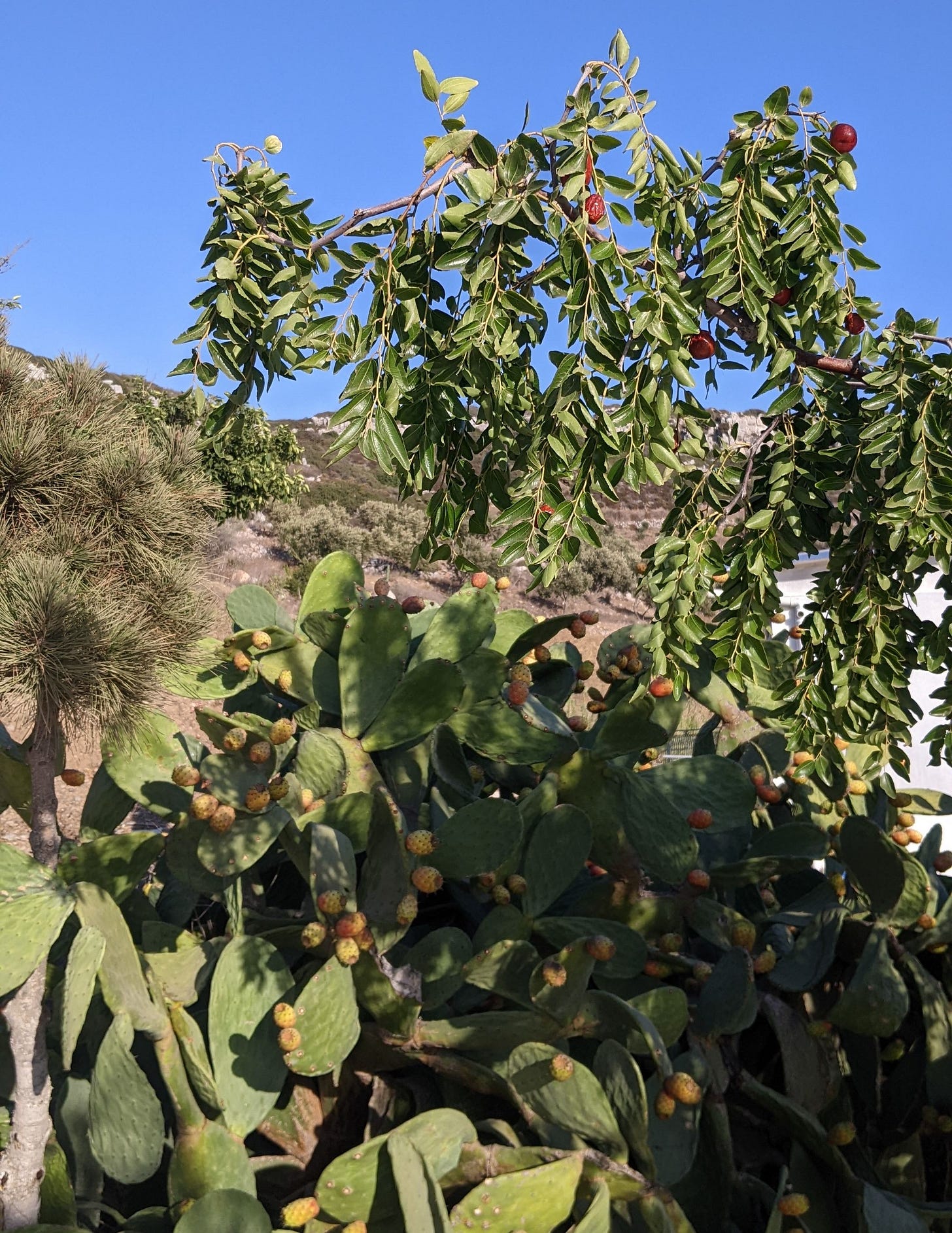
Other fruit and nut trees on the property included;
Pasiflora edulis - Passion Flower
Vitis vinifera cv. - Wine Grape
That’s all for this post. You can find all of the post from this series here.
Support Our Project
If you appreciate the work we are doing you can show your support in several ways.
Become a member of the Bloom Room. A $70 annual subscription to our Substack provides you with access to live sessions, design tutorials, a members forum and more, see details here.
Make a purchase of plants or seeds from our Nursery or Online Store
Joining us for one of our Practical Courses or Online Courses
Comment, like, and share our content on social media.
We offer a diversity of plants and seeds for permaculture, forest gardens, and regenerative landscapes including a range of fruit and nut cultivars. We Deliver all over Europe from Nov - March. - Give a happy plant a happy home :)




